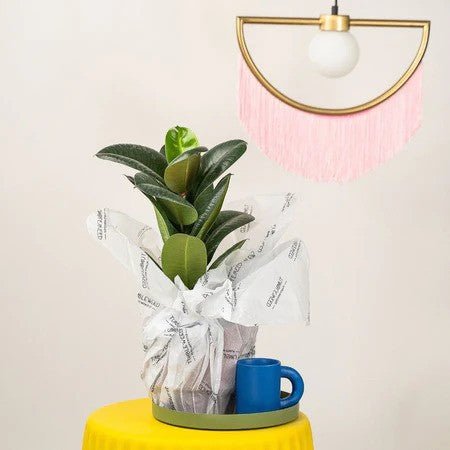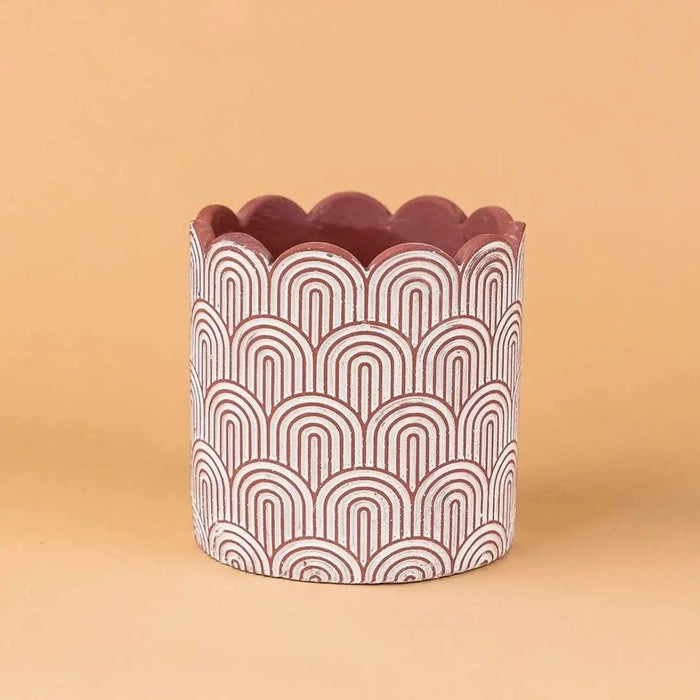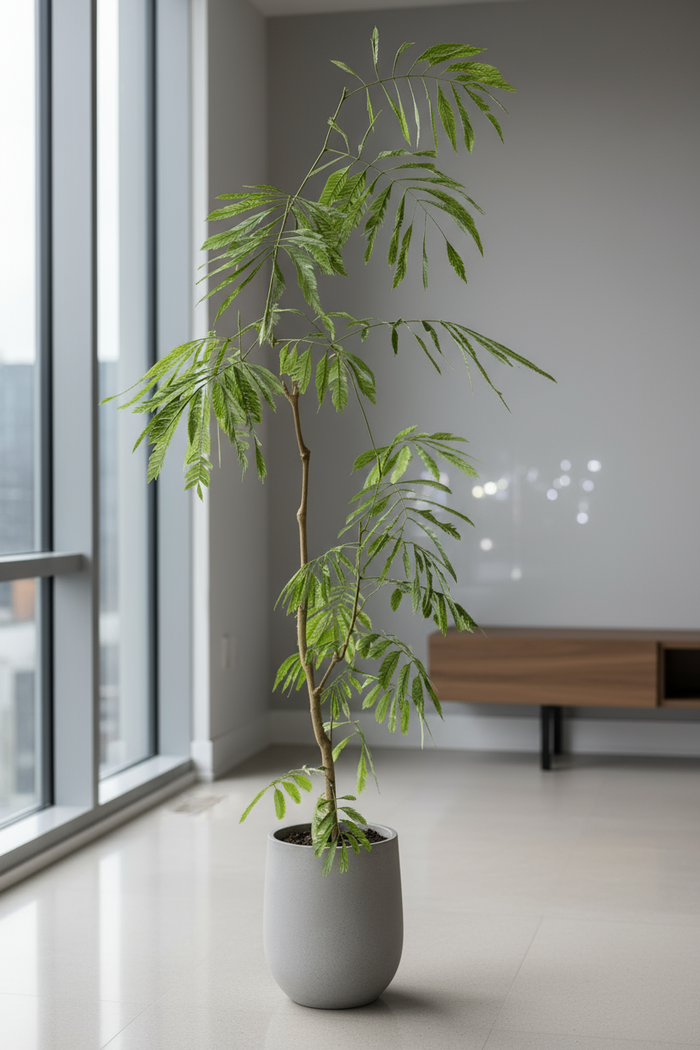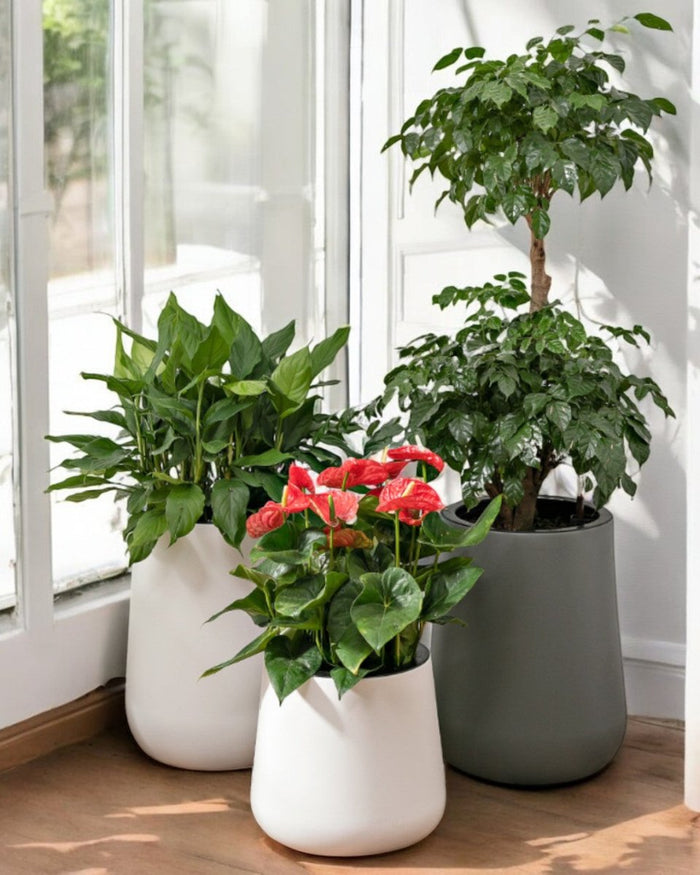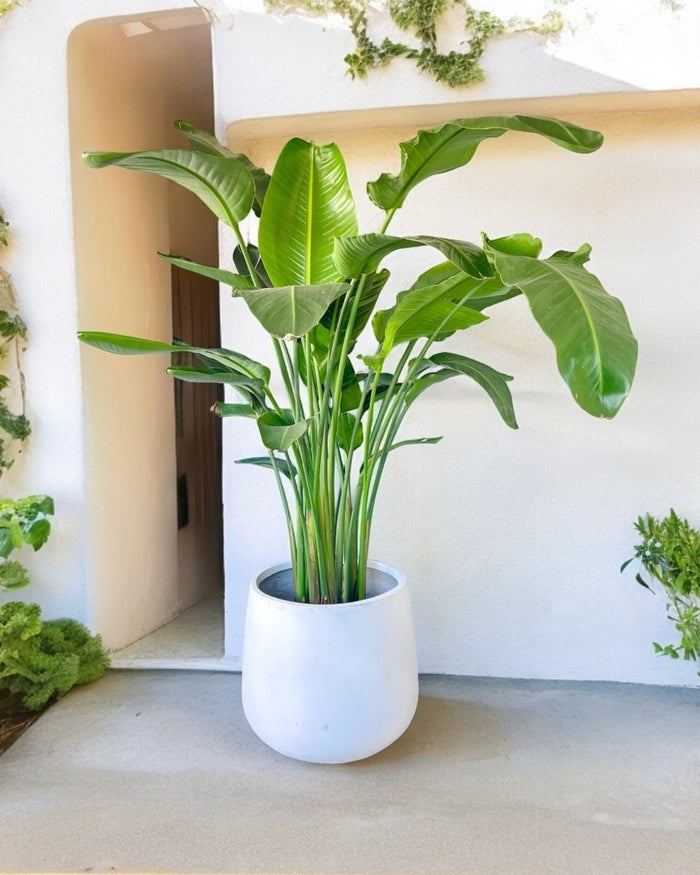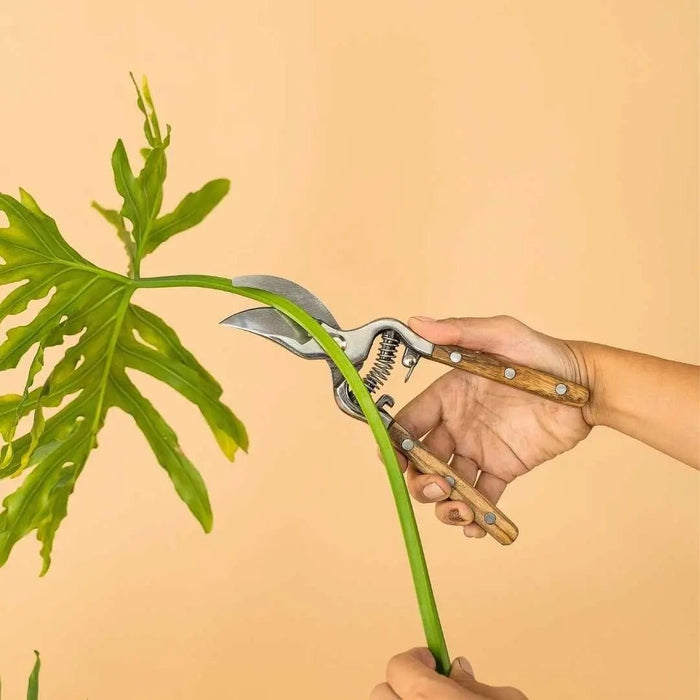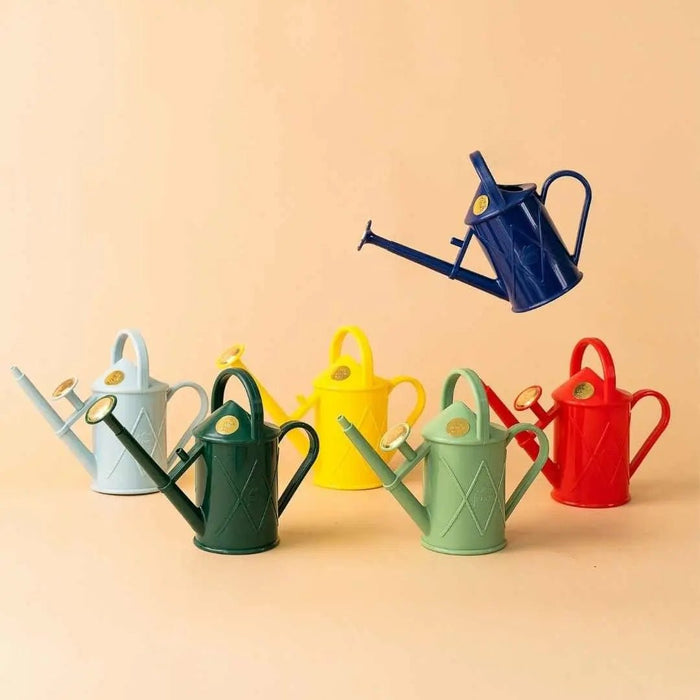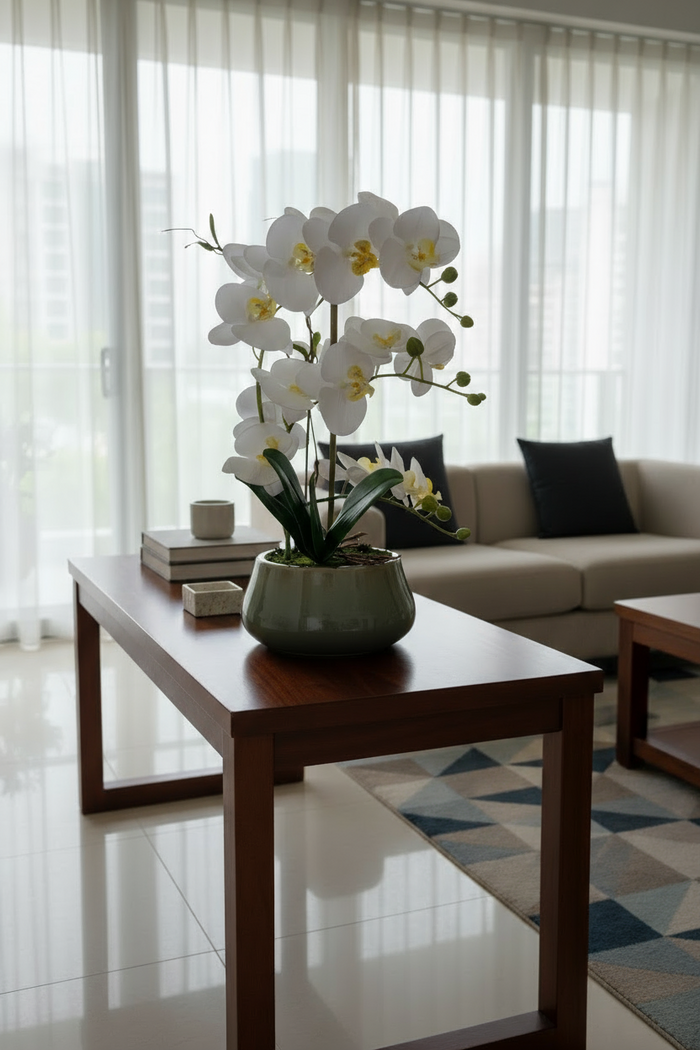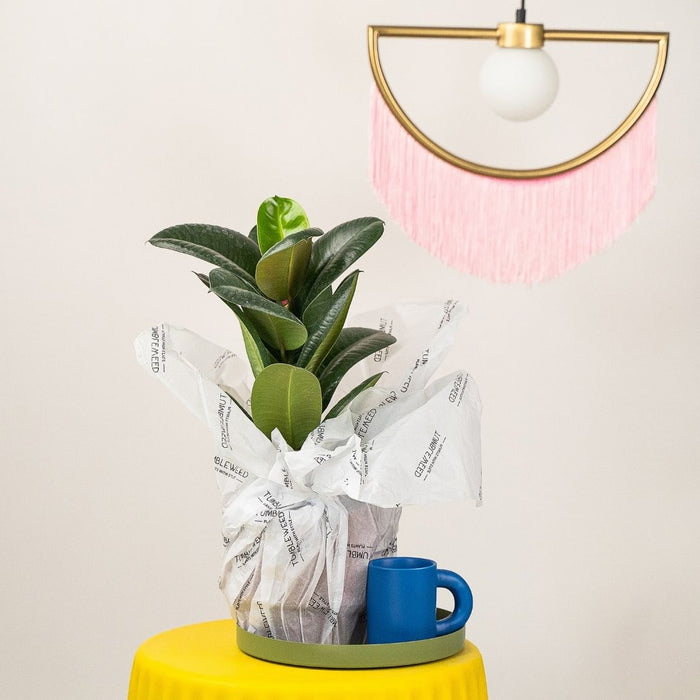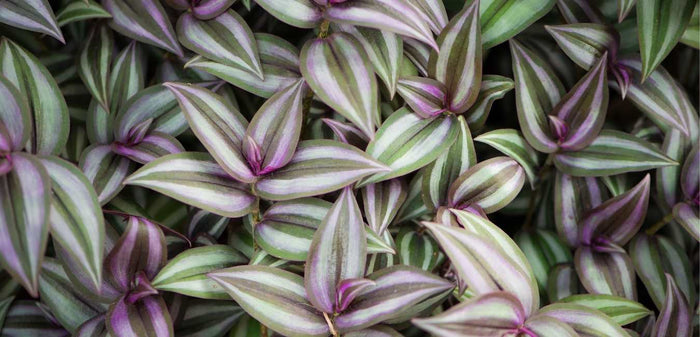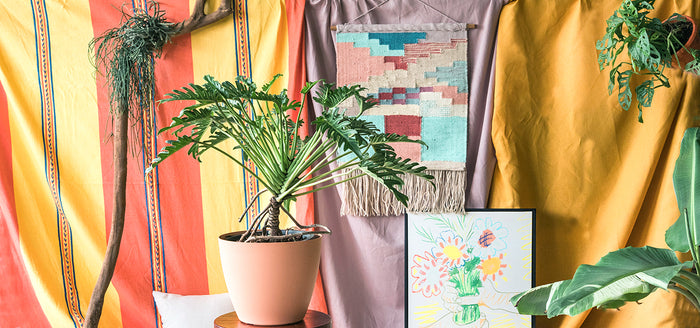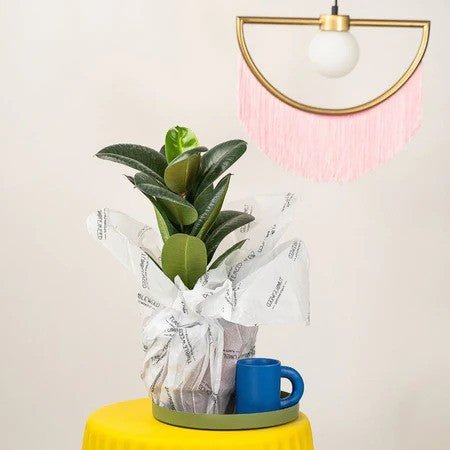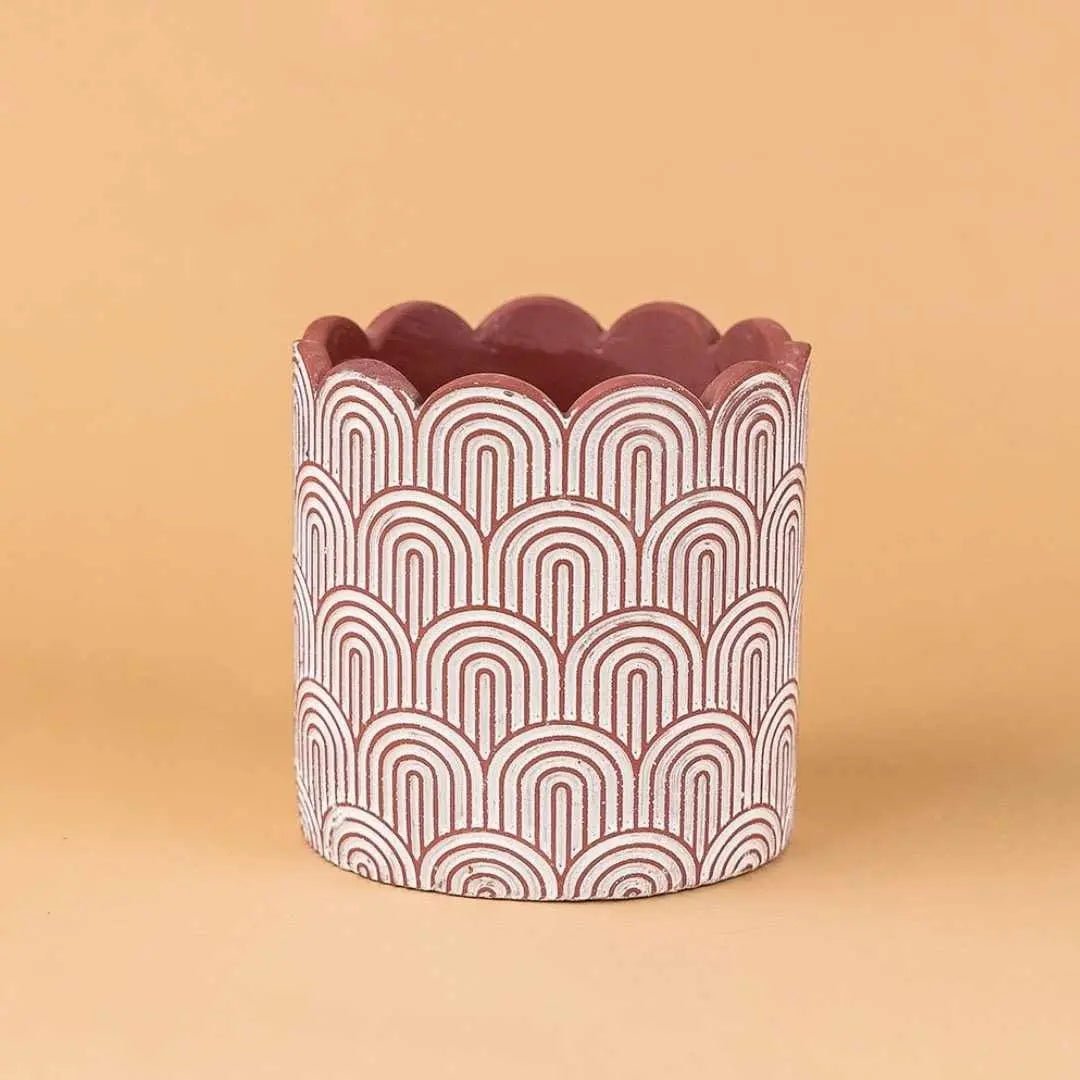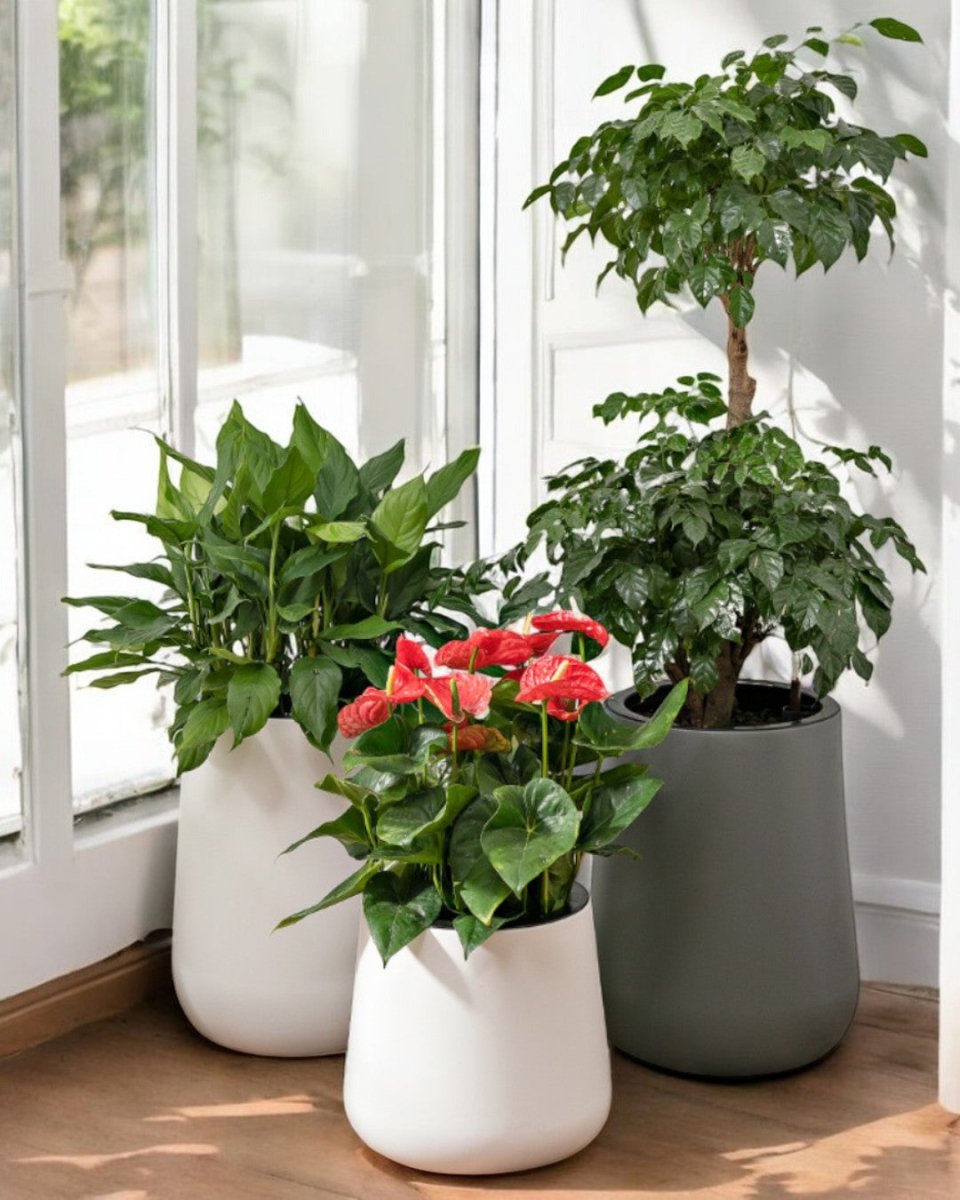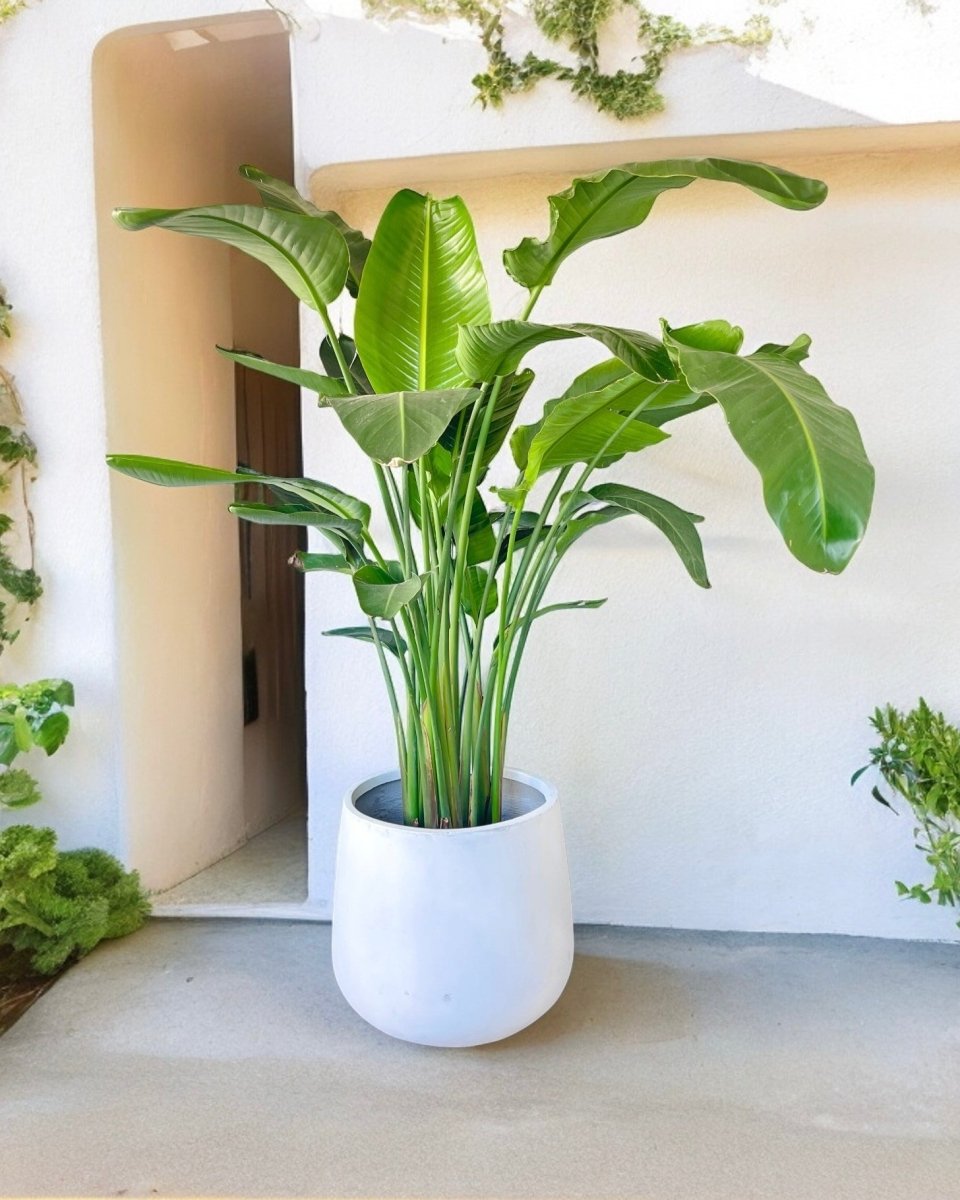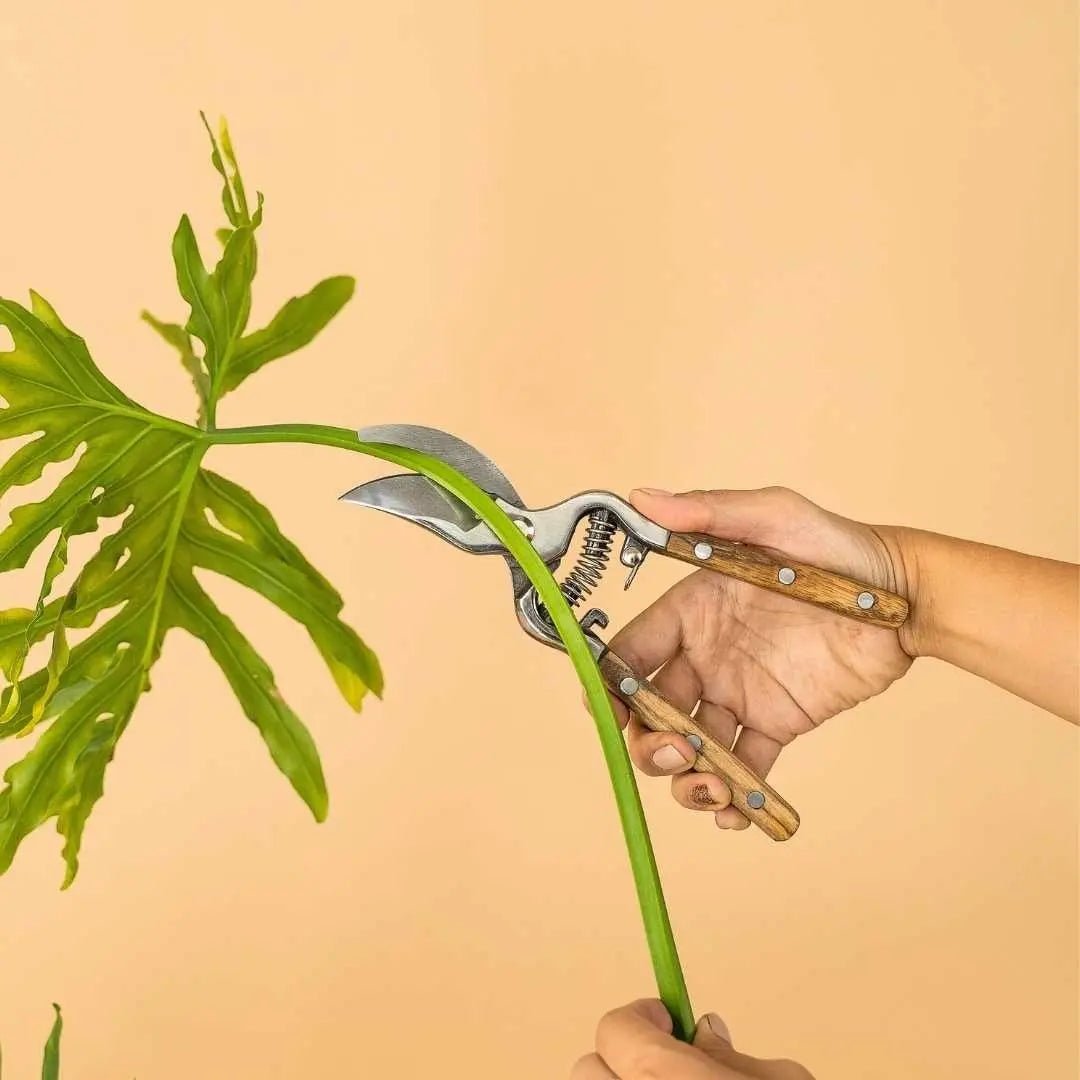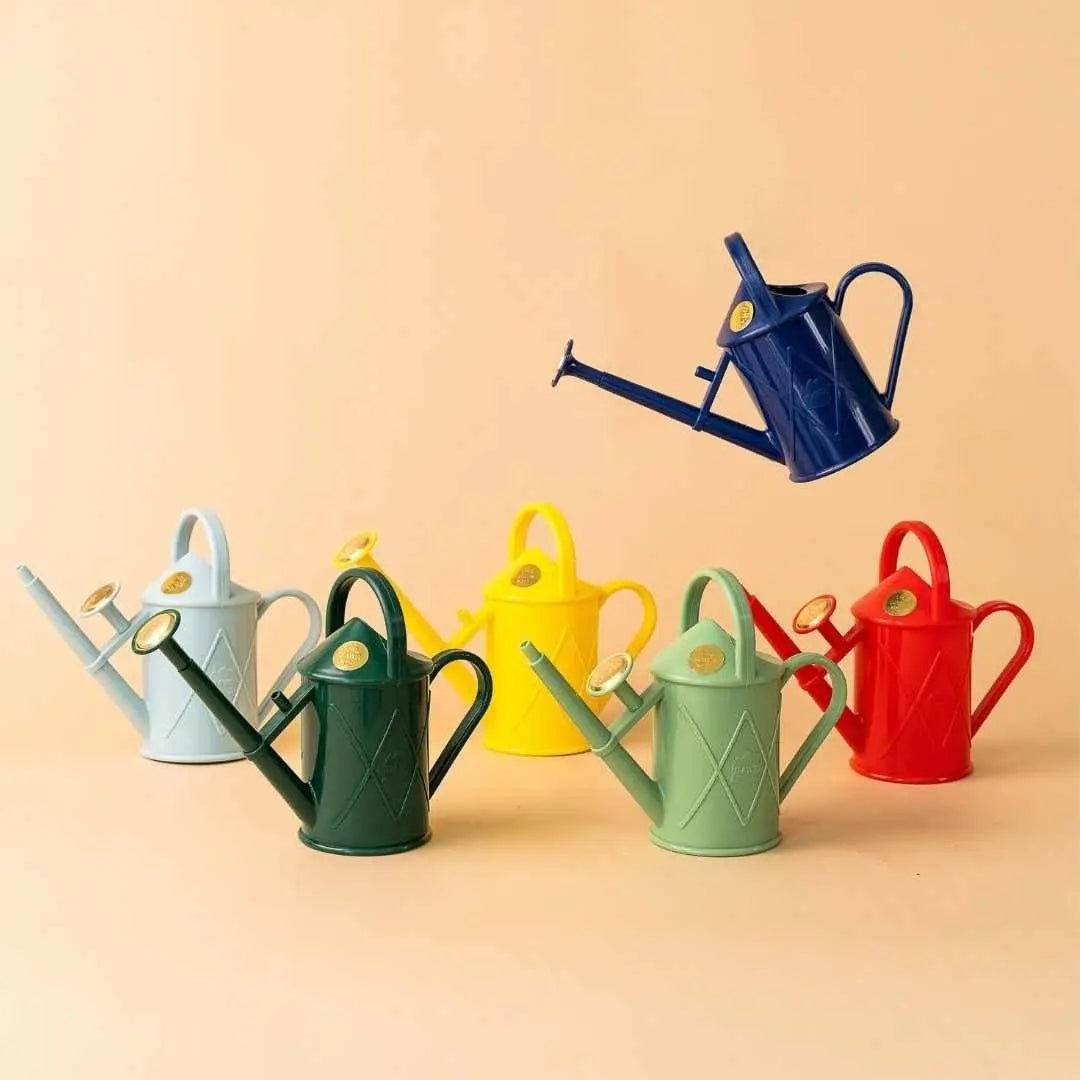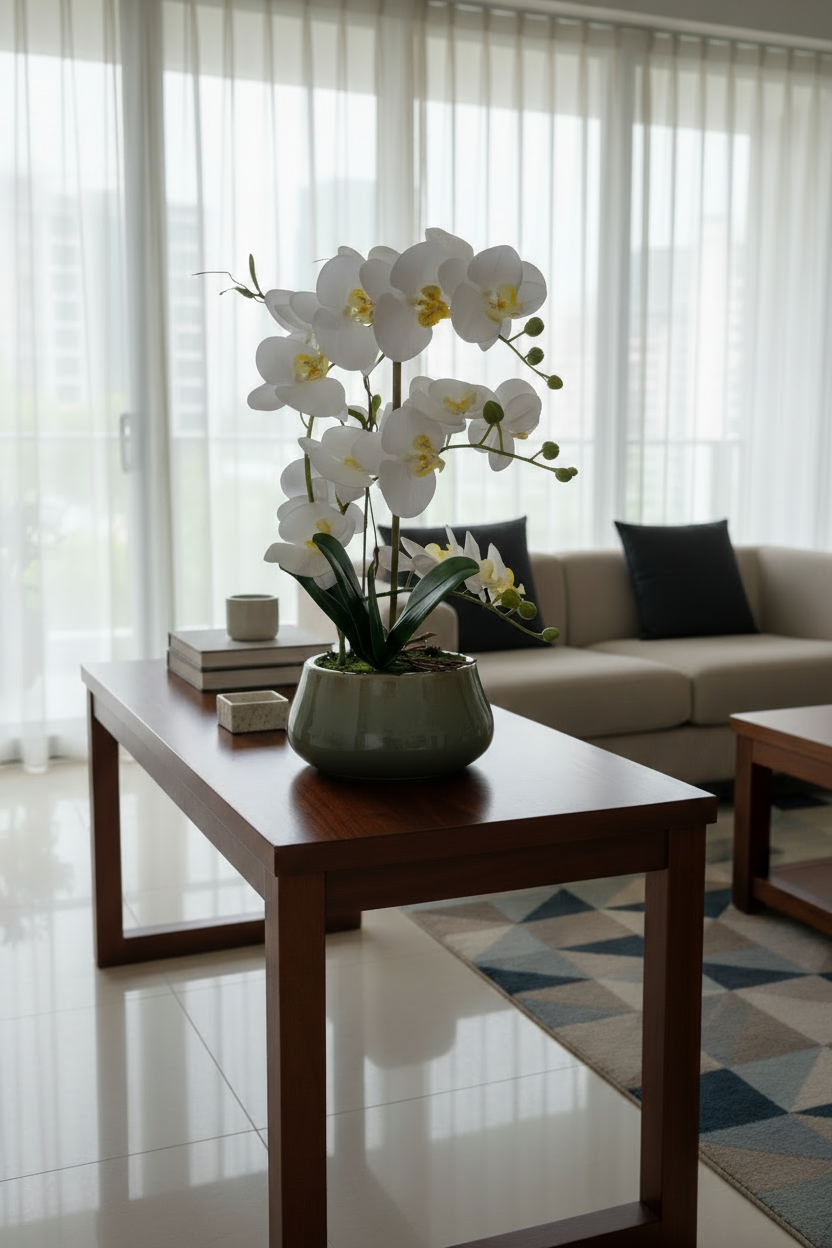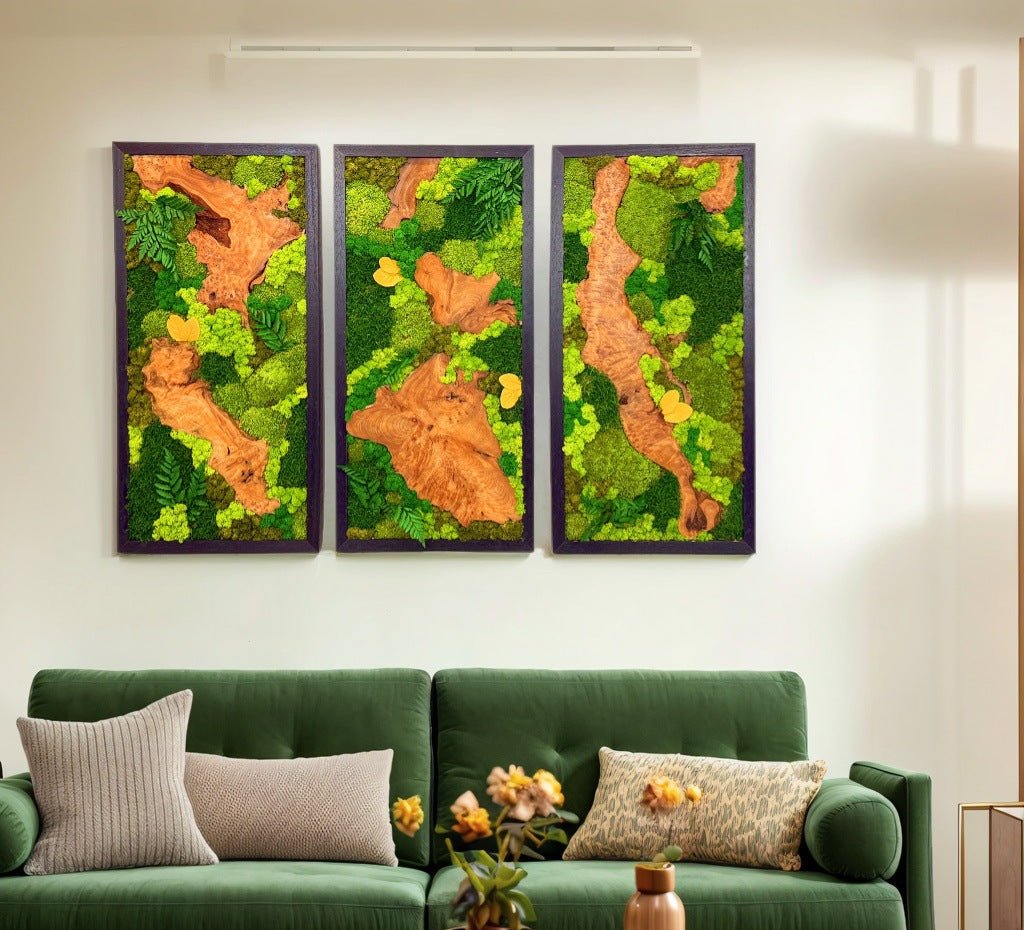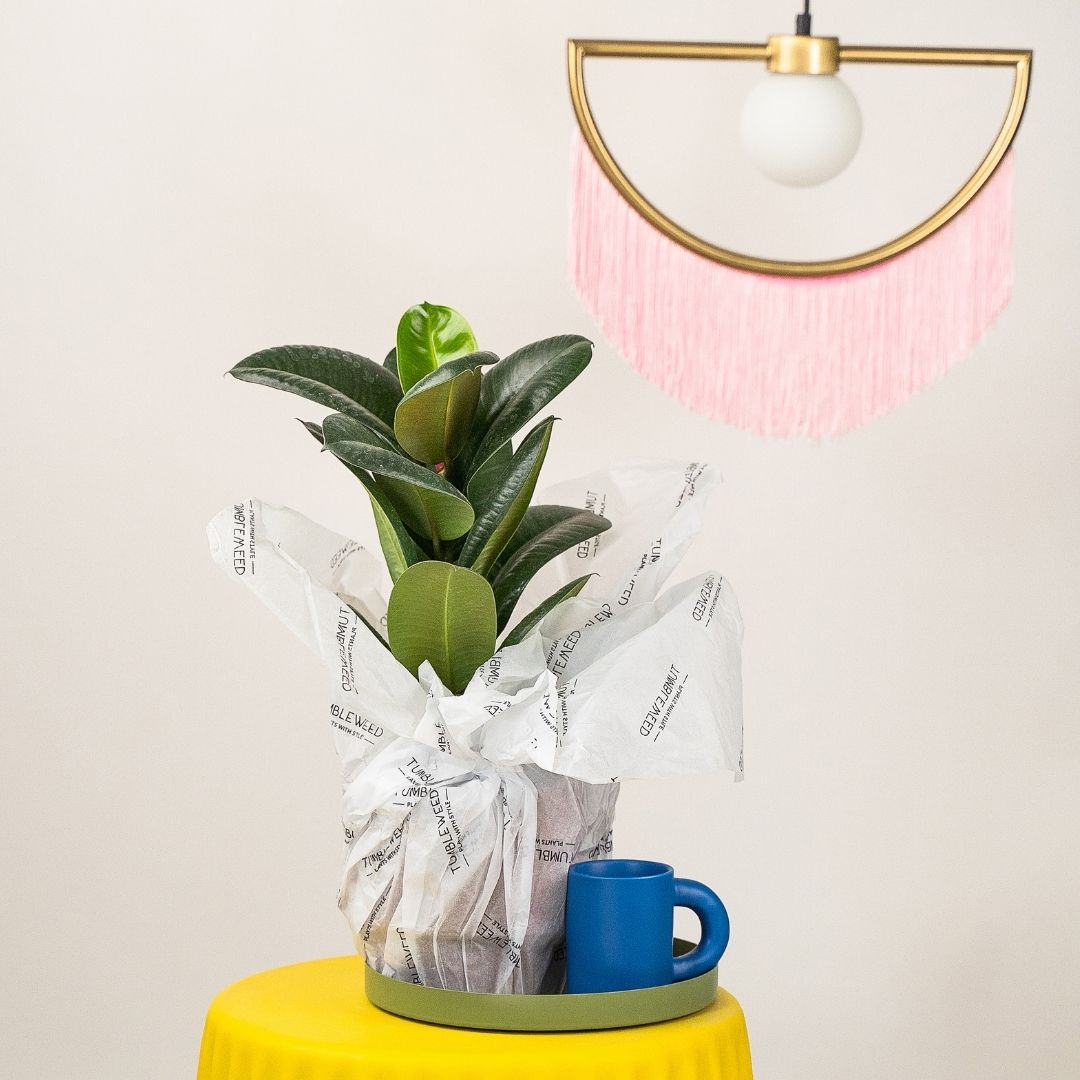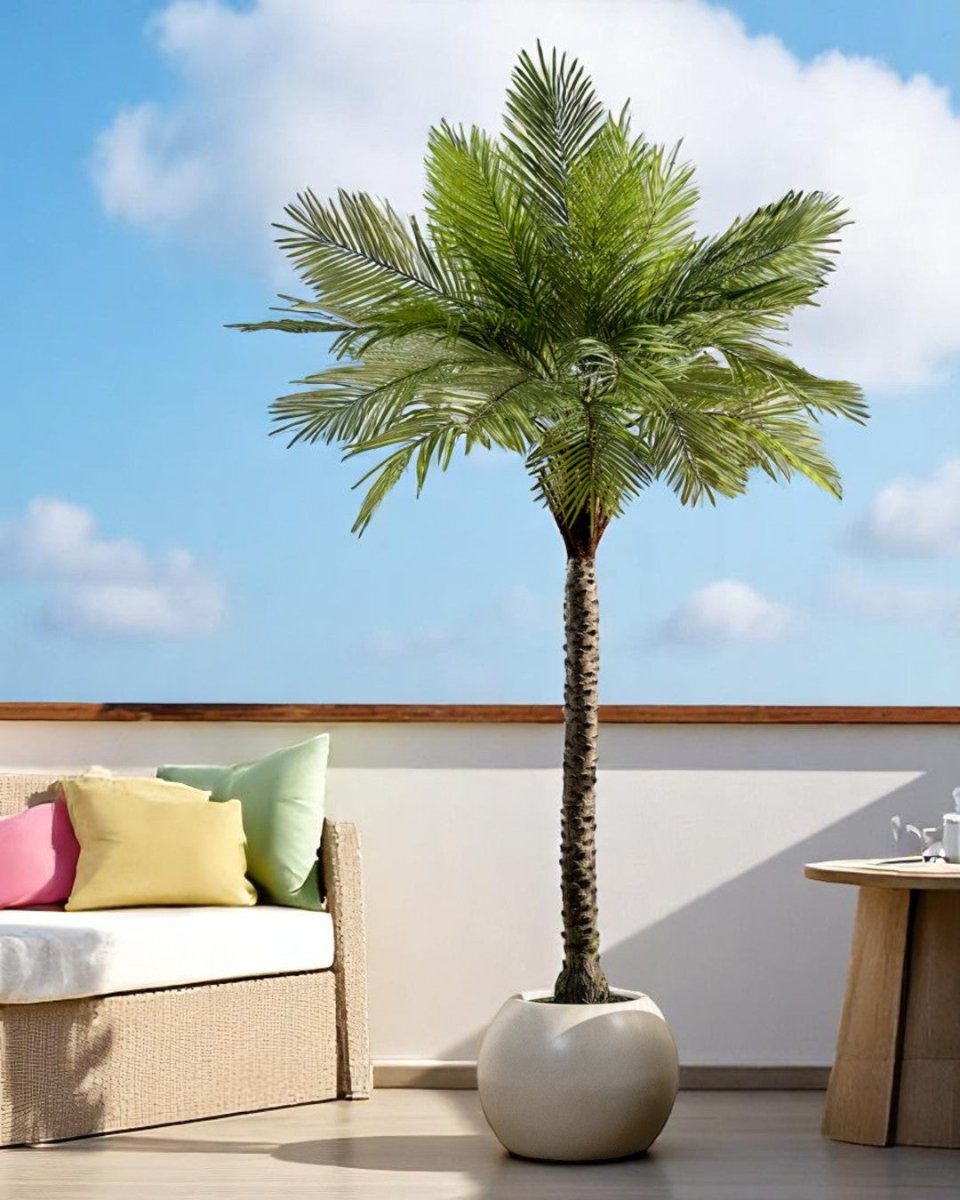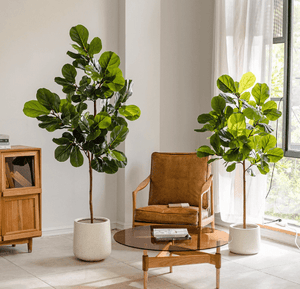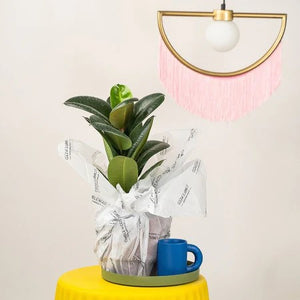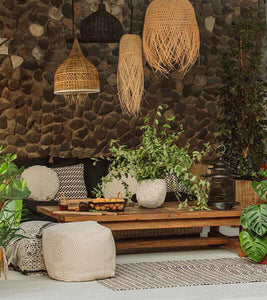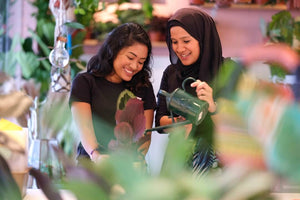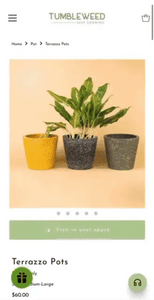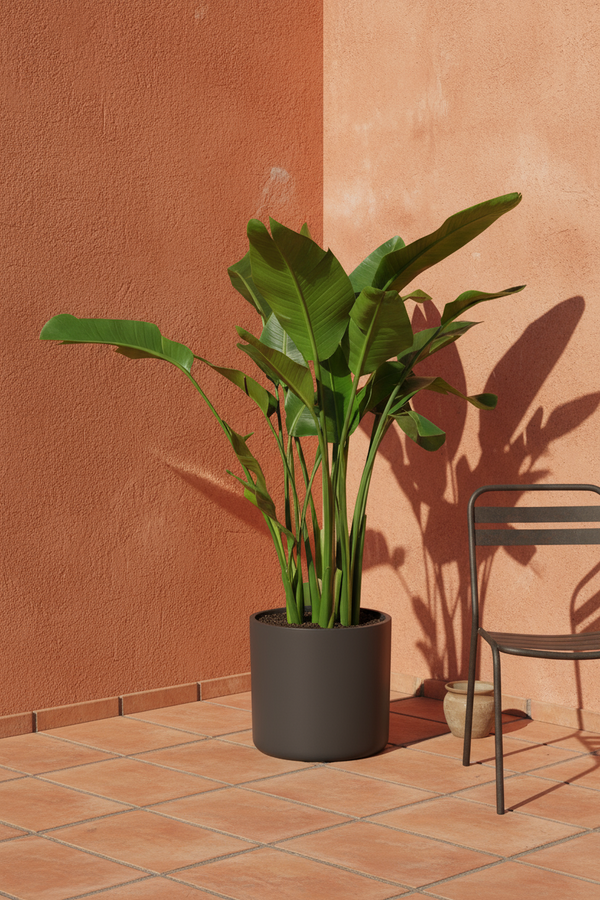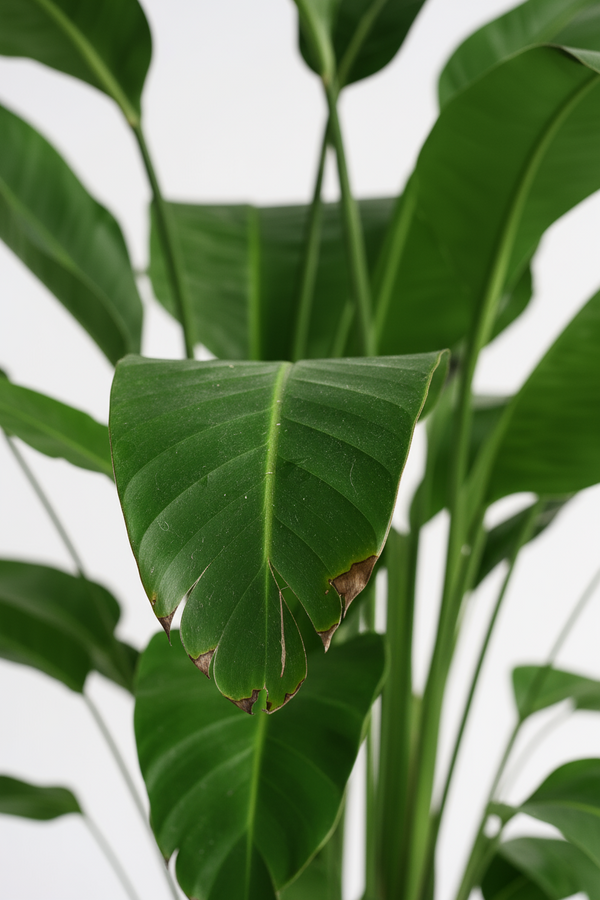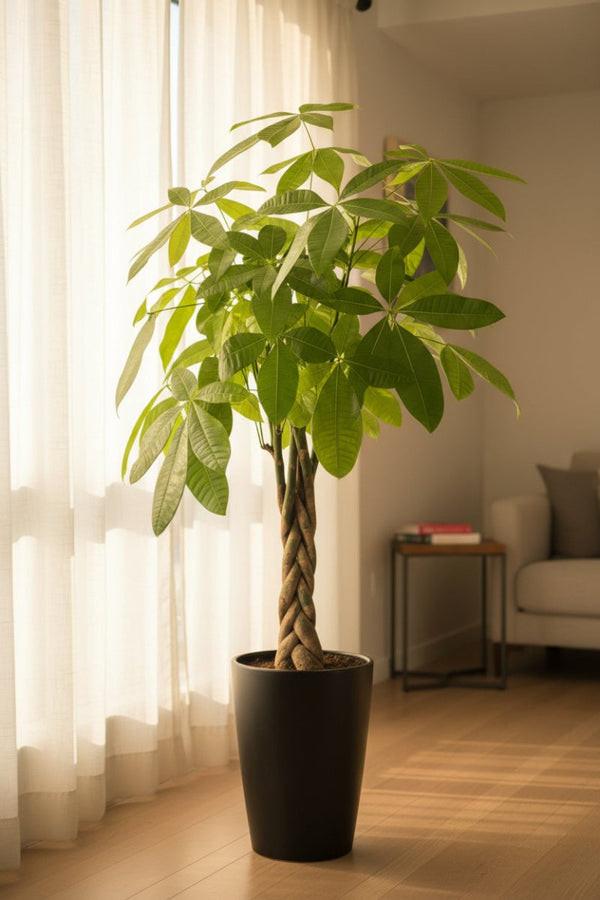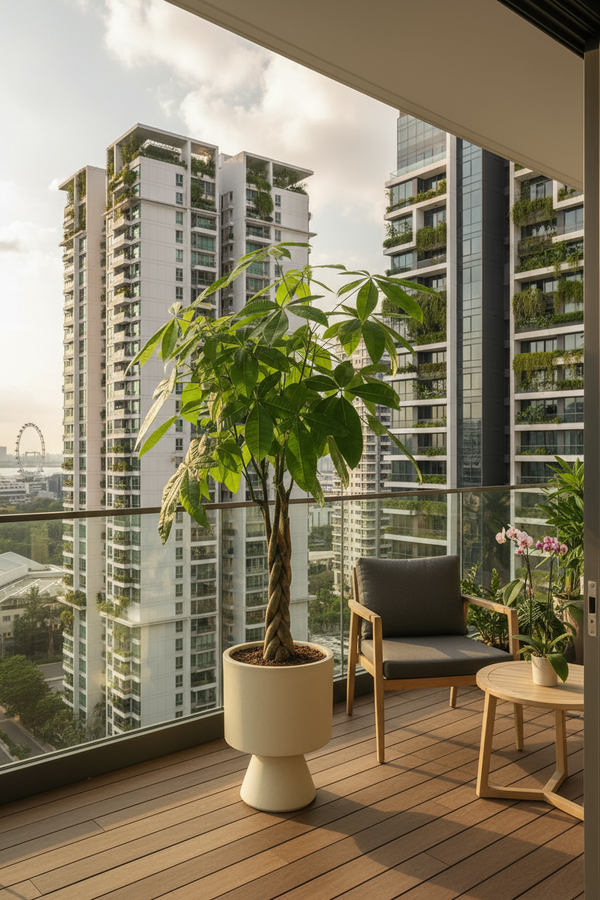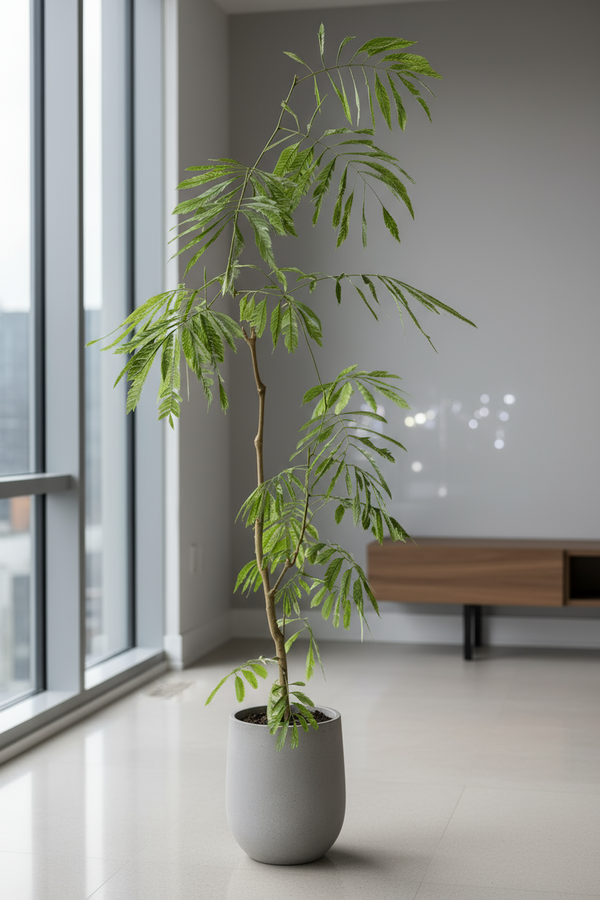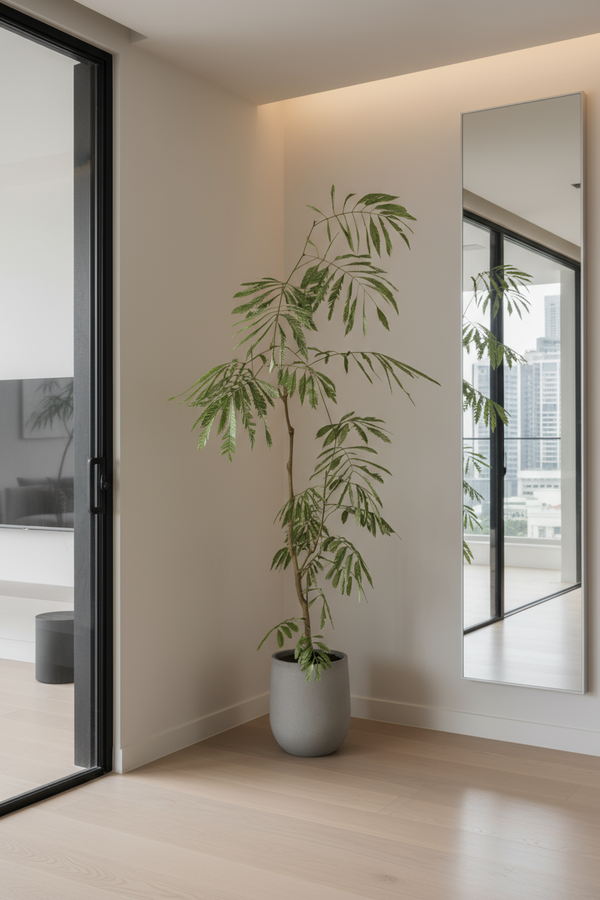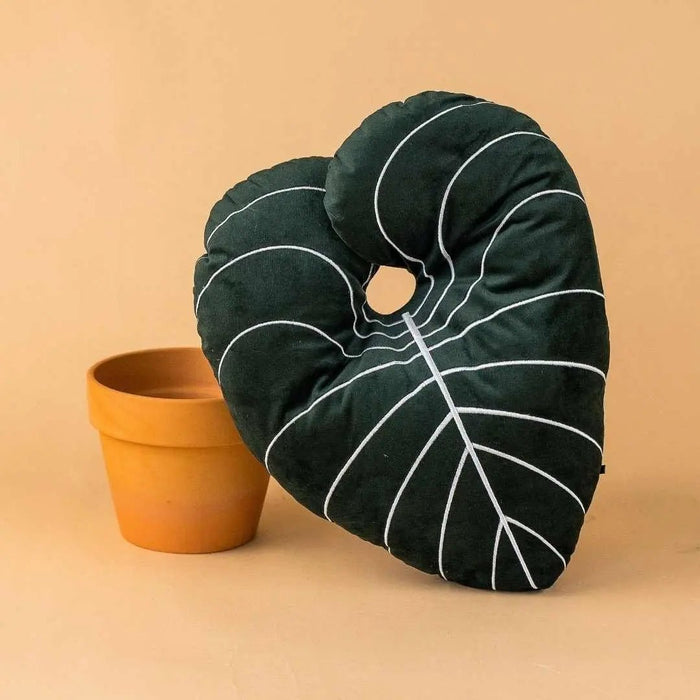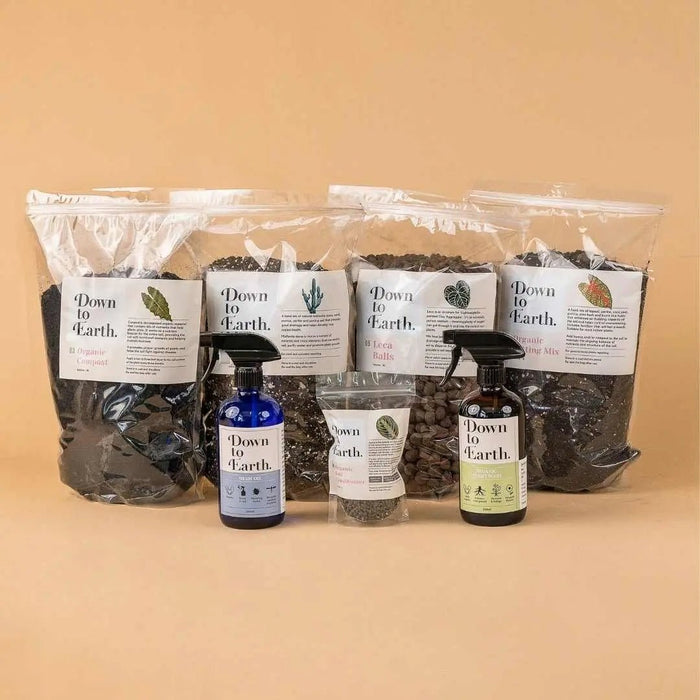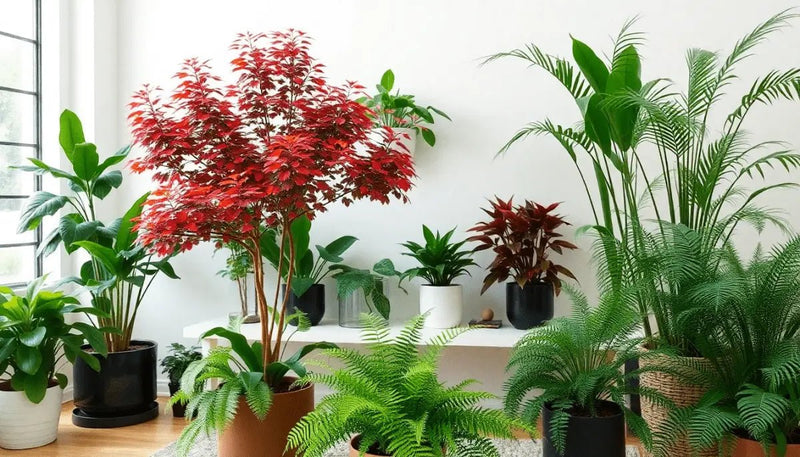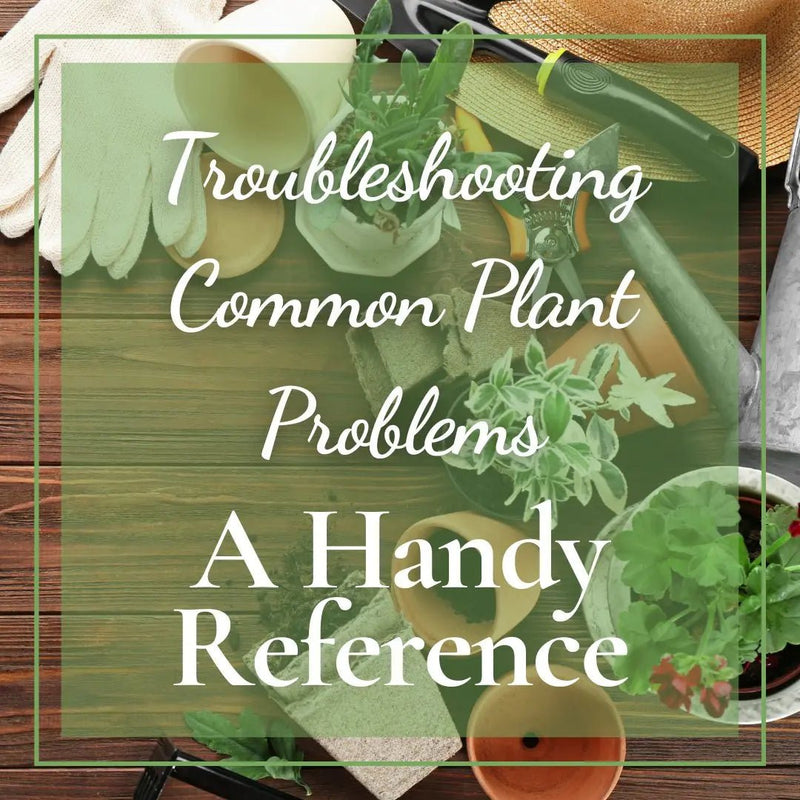Understanding Light Requirements for Different Plants
Posted on June 21 2024

Understanding the light requirements for different plants is crucial for their growth and overall health. Light is one of the essential factors that influence a plant's ability to photosynthesize and thrive. Different plant species have varying needs when it comes to light intensity, duration, and quality. Some plants thrive in direct sunlight, while others prefer shaded areas.
By understanding these requirements, gardeners and plant enthusiasts can create optimal growing conditions for their green companions. Factors such as the direction of light, seasonal changes, and indoor lighting also play a significant role in determining the success of plant growth.
In this guide, we will explore the diverse light requirements of various plants, providing insights into how to best care for your botanical friends to ensure they flourish and bring beauty to your surroundings.
Different Types of Light and Their Impact on Plant Growth
Plants rely heavily on light for their growth and development. The type of light they receive plays a crucial role in determining their overall health and productivity. In this blog section, we will explore the various types of light sources and their effects on plant growth.
Natural vs Artificial Light Sources
Natural Light
Natural light, primarily from the sun, provides a full spectrum of light that is essential for plant photosynthesis. It is the most ideal light source for plants, offering the right balance of wavelengths needed for healthy growth.
Artificial Light
Artificial light sources, such as grow lights, are commonly used when natural light is insufficient. While they can be tailored to provide specific light spectrums, they may not always replicate the full benefits of natural light.

Effects of Different Light Intensities
Low Light
Plants that receive inadequate light may exhibit symptoms such as stunted growth, yellowing leaves, and poor flowering. Low light levels can hinder photosynthesis and overall plant development.
Full Sun
Plants that thrive in full sun conditions require at least 6 hours of direct sunlight per day. They are typically sun-loving plants that need high light intensity to flourish.
Moderate Light
Plants that prefer moderate light can thrive in bright, indirect light or dappled sunlight. They are adaptable to varying light conditions and can generally tolerate fluctuations in light intensity.
Bright Light
Plants that thrive in bright light conditions require direct sunlight for several hours a day. They are often tropical plants that need high light levels to support their growth and flowering.
Indirect Light
Plants that prefer indirect light can thrive in shaded areas or spaces with filtered light. They are typically low-light plants that can suffer from leaf burn or sun damage if exposed to direct sunlight.
Understanding the different types of light and their effects on plants is essential for providing the optimal growing conditions for your indoor or outdoor garden. By choosing the right light source and intensity, you can help your plants thrive and flourish.
Guidelines for Selecting Plants Based on Light Requirements
Factors to Consider When Matching Plants with Light Environments
When selecting plants for your indoor or outdoor space, it is crucial to consider their light requirements. Different plants have varying needs when it comes to sunlight exposure, and choosing the right plants for the available light conditions can significantly impact their growth and overall health.
Here are some key factors to consider when matching plants with light environments:
Assess the Light Conditions: Before selecting plants, evaluate the light conditions in the intended location. Determine the amount of natural light the area receives throughout the day and whether it is direct sunlight, indirect light, or low light.
Understand Plant Light Requirements: Different plants have different light requirements. Some plants thrive in bright, direct sunlight, while others prefer indirect or low light conditions. Research the specific light needs of the plants you are interested in to ensure they are compatible with the available light in your space.
Consider Light Duration: In addition to light intensity, consider the duration of light exposure that plants need. Some plants require long hours of sunlight each day, while others can thrive with shorter periods of light.
Use Supplemental Lighting: If your space lacks sufficient natural light or if you want to grow plants that have specific light requirements, consider using supplemental lighting. LED grow lights or fluorescent lights can help provide the necessary light for plants to thrive.
Using Supplemental Lighting for Plants with Specific Light Needs
Supplemental lighting can be a game-changer for indoor plants or outdoor plants in shaded areas. Here are some tips for using supplemental lighting effectively:

Choose the Right Type of Light: Different types of grow lights emit varying spectrums of light. Select a light source that provides the appropriate spectrum for the plants you are growing. For example, blue light is ideal for promoting vegetative growth, while red light is beneficial for flowering and fruiting plants.
Position the Lights Correctly: Place the supplemental lights at the right distance from the plants to ensure they receive adequate light without burning the foliage. Adjust the height of the lights as the plants grow to maintain the optimal distance.
Maintain Consistent Light Exposure: Consistency is key when using supplemental lighting. Ensure that plants receive the required amount of light each day and maintain a consistent light schedule to support healthy growth.
By following these guidelines and considering the light requirements of your plants, you can create an optimal growing environment that promotes their well-being and vitality.
Understanding Light Levels and Plant Adaptation
When it comes to indoor plants, understanding light levels is crucial for their overall health and well-being. Interpreting light levels correctly can make a significant difference in how your plants thrive. Different plants have varying light requirements, and knowing how to adapt them to different light conditions is essential for their growth and development.
Interpreting Light Levels for Indoor Plants: A Key to Plant Health
Adapting plants to different light conditions involves understanding the specific needs of each plant species. Some plants thrive in bright, direct sunlight, while others prefer indirect or low light. By placing your plants in the right location and adjusting the light levels accordingly, you can ensure they receive the optimal amount of light for their growth.
Replicating Native Habitats for Optimal Plant Growth: Creating the Perfect Environment for Your Plants
Replicating Native Habitats for Optimal Plant Growth is another key aspect to consider. By creating an environment that mimics the natural habitat of your plants, you can help them flourish. This may involve controlling factors such as light intensity, duration, and quality, as well as temperature and humidity levels.
By mastering the art of interpreting light levels, adapting plants to different light conditions, and replicating native habitats, you can create the perfect environment for your plants to thrive. With the right knowledge and care, you can enjoy healthy, vibrant plants that enhance your living space.
Additional Information:
Importance of Light Quality: Apart from intensity and duration, the quality of light is crucial for plant growth. Different light spectrums, such as red, blue, and white light, play specific roles in photosynthesis and plant development.
Light Measurement Tools: Utilizing light meters can help you accurately assess the light levels your plants are receiving. This data can guide you in adjusting the placement of your plants or supplementing natural light with artificial lighting.
Light-Responsive Plants: Some plants exhibit phototropism, where they grow towards a light source. Understanding this behavior can aid in positioning your plants optimally to promote balanced growth.
Seasonal Light Variations: Recognizing how natural light changes with the seasons is essential for maintaining consistent growth. Adjusting your plant care routine based on seasonal light variations can prevent issues like etiolation or sunburn.
By delving deeper into the nuances of light levels and plant adaptation, you can refine your indoor gardening practices and foster a thriving plant collection

